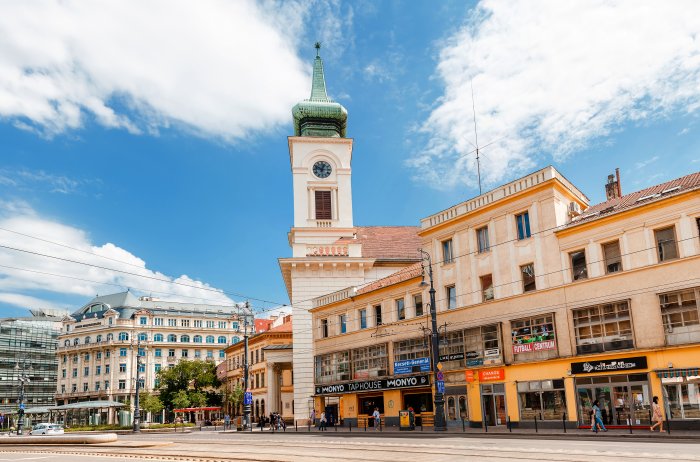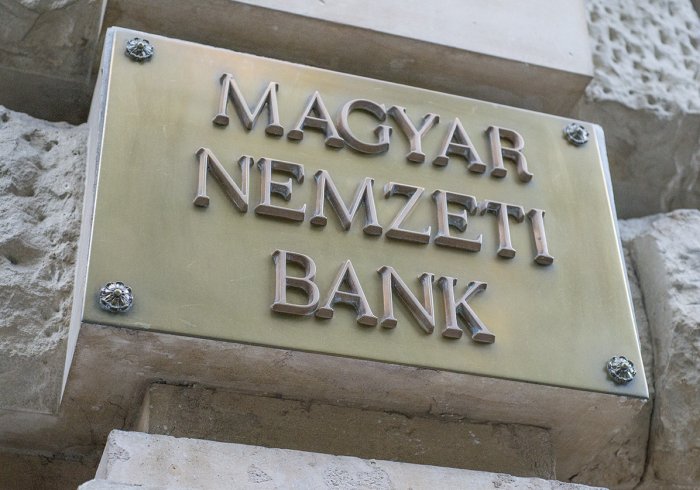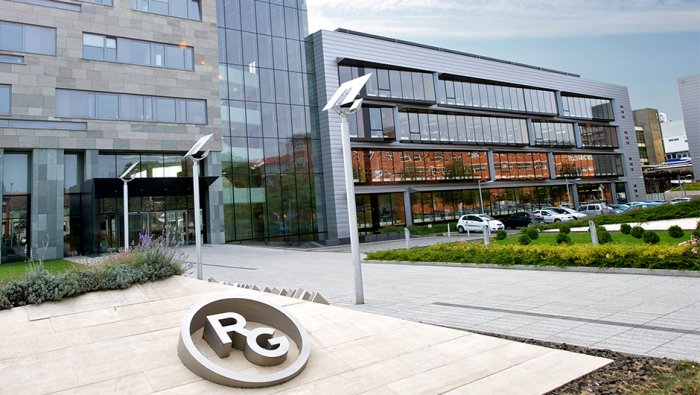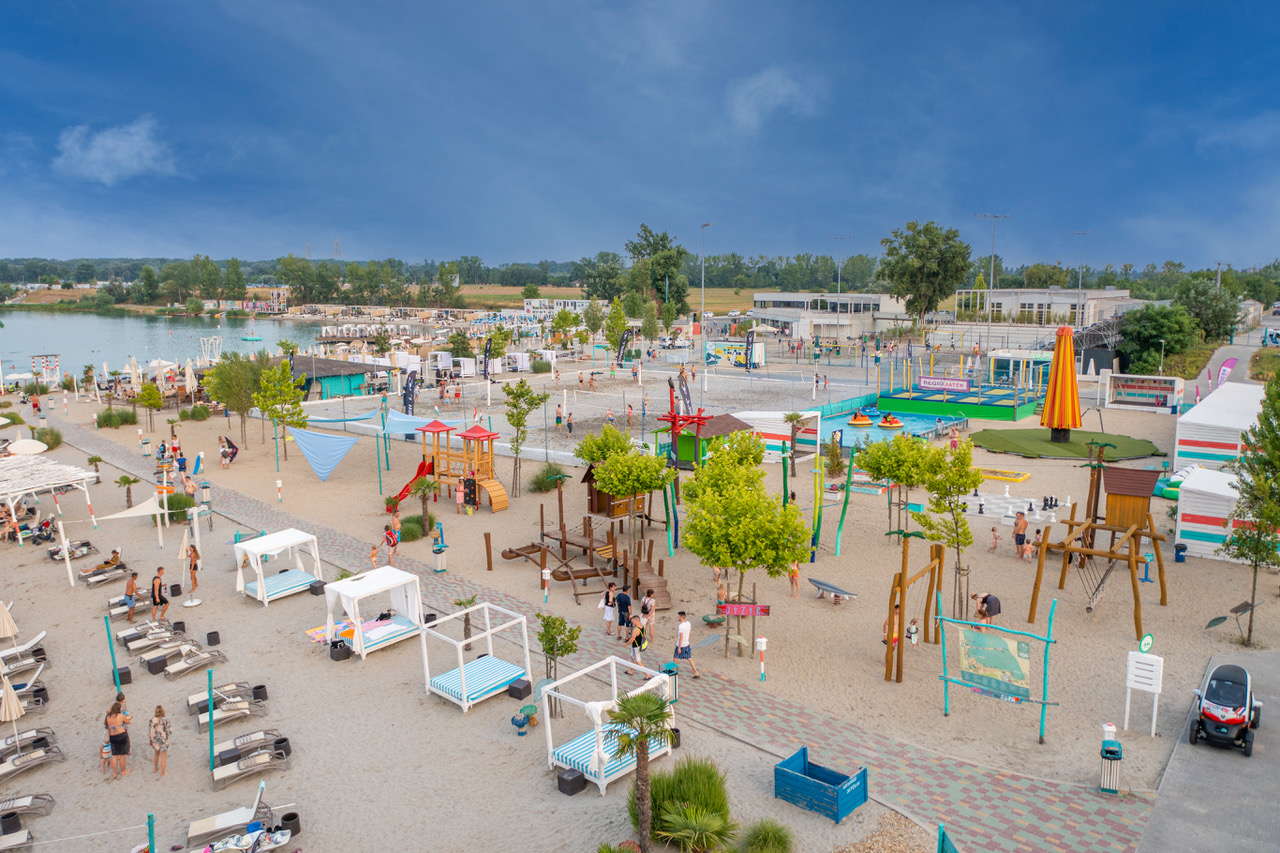From Deák tér to Kálvin tér; a Synchronistic Exploration

Photo by frantic00 / Shutterstock.com
For some reason, my wanderings around Budapest in a southerly direction from Deák Ferenc tér never seem to extend any further than Kossuth Lajos utca, which runs down from Astoria to Erzsébet híd. So I was delighted to have a reason to cross over Kossuth Lajos and head into unknown territory.
Protestant Reformed Calvinist Church at Kálvin tér, Budapest. Photo by frantic00 / Shutterstock.com
I’d arranged to interview John Szabó, brother of the great Hungarian jazz guitarist Gábor Szabó (about whom I wrote in the Budapest Business Journal of August 2, 2019) for a book about Gábor I’m writing. John was staying on a narrow side street off Kecskeméti utca, a leafy street of cafés and bars that runs down to Kálvin tér.
My immediate feeling on crossing over Kossuth Lajos was that I was entering into a rather more tranquil zone of Budapest. Although, with things as they are at the moment, most of the city – never truly bustling at the busiest of times – is pretty quiet.
I was early to meet John so stopped for coffee at the Madal Cafe on Hollán Ernő utca. Ordering my drink, I was surprised to see a shelf of books by Indian spiritual teacher Sri Chinmoy.
For the life of me, I couldn’t figure out what Sri Chinmoy had to do with artisan coffee. In my experience, Hungarians aren’t especially interested in following exotic spiritual teachers, especially in coffee houses. I wondered if Madal wasn’t an innocent-seeming honeytrap.
Sitting in the café, drinking pretty good coffee, I googled Sri Chinmoy. From what I could tell he was a decent fellow, not likely to stoop to sinister strategies to recruit devotees.
When I googled Madal, I found that Sri Chinmoy was the spiritual teacher of Péter Repka, the café´s founder.
The musician Carlos Santana was a devotee of Sri Chinmoy throughout the 1970s. He is also a great admirer of Gábor Szabó. This is the kind of synchronicity that appeals to me. I sent a mental note to myself to tell John Szabo about Madal when we met, but promptly forgot.
Walking to meet John, I passed the best wreath shop I’ve ever seen in Hungary – or indeed anywhere. It was a week or so before the Day of the Dead, so the walls of the shop were lined with wreathes made of all kinds of combinations of dried flowers, berries and pinecones. Pride of place was given to a somewhat avant-garde wreath made from stems and ears of wheat, lavender and something that smelled lemony.
I also passed an intriguing Italian restaurant named Trattoria Siciliana La Coppola and made another note to myself to check it out.
Raffish Figure
John was waiting for me outside the Starbucks at the end of Kecskeméti utca, taking the opportunity to sneak a crafty cigarette. He was wearing shorts and bedroom slippers and cut a raffish figure among the soberly dressed office workers.
I spent the afternoon interviewing John about his and Gábor’s lives in Hungary before they escaped, separately, to Austria in 1956 and then together to the United States. When we finished, John walked with me back up to the Starbucks, smoking another cigarette.
He told me he grew up on Kossuth Lajos utca and chuckled when he remembered his chemistry experiments in the family apartment. He managed to make a form of mustard gas that promptly filled the room in which he was experimenting. Gasping, eyes streaming, he opened the window. He laughed when he remembered his horror-struck neighbors running for cover into their own buildings as clouds of orange smoke billowed down the street.
John also remembered being shot at by a Russian soldier back in ’56, not far from where we were standing. How could you not?
“A tank appeared in the street and stopped. The lid of the gun turret opened and a young Russian guy appeared out of the top with a machine gun. He just started firing, as casually as if he was watering the garden with a hose,” he said.
“My friend and I ran into a shoe shop and hid in the storeroom. I remember thinking that if he came after us with the machine gun, cardboard and leather weren’t going to stop those bullets.”
Idyllic Existence
Despite this, the Budapest John grew up in until he was 11 and the family escaped was very safe. His mother thought nothing of him hopping on a bus and going out to play in the hills above Buda. He made it sound a thoroughly idyllic existence.
That night, my partner, her sister and I headed to Trattoria Siciliana La Coppola. It was surprisingly full.
Our food was perfectly satisfactory, although I didn’t discern anything particularly Sicilian about it. But, as we were finishing our main course, the waitresses appeared with bowls covered with the delicious artisanal flat bread we’d been eating and hurried them over to a table celebrating a birthday.
I asked the waitress what the dish was. She told me it was the specialty of the house, some sort of seafood, maybe clams, in a white wine sauce with pasta covered with the bread. It looked fantastic.
It’s always bitter-sweet when this happens, when you peruse the menu as closely and scientifically as you can only to miss out on what’s clearly the best dish. On one hand, you’re so full there’s no space for anything else. But, on the other, you have a great reason to go back to the restaurant.
And so it was that we left Trattoria Siciliana La Coppola and escorted my partner’s sister down Kecskeméti utca to the Kálvin tér end so she could get her bus over to the Buda side.
Strolling back to our hotel, I decided, a little guiltily, that, while there’s no question that Budapest is a sadder place without the hustle and bustle of tourists, it does feel especially romantic for being so deserted.
SUPPORT THE BUDAPEST BUSINESS JOURNAL
Producing journalism that is worthy of the name is a costly business. For 27 years, the publishers, editors and reporters of the Budapest Business Journal have striven to bring you business news that works, information that you can trust, that is factual, accurate and presented without fear or favor.
Newspaper organizations across the globe have struggled to find a business model that allows them to continue to excel, without compromising their ability to perform. Most recently, some have experimented with the idea of involving their most important stakeholders, their readers.
We would like to offer that same opportunity to our readers. We would like to invite you to help us deliver the quality business journalism you require. Hit our Support the BBJ button and you can choose the how much and how often you send us your contributions.





.jpg)

